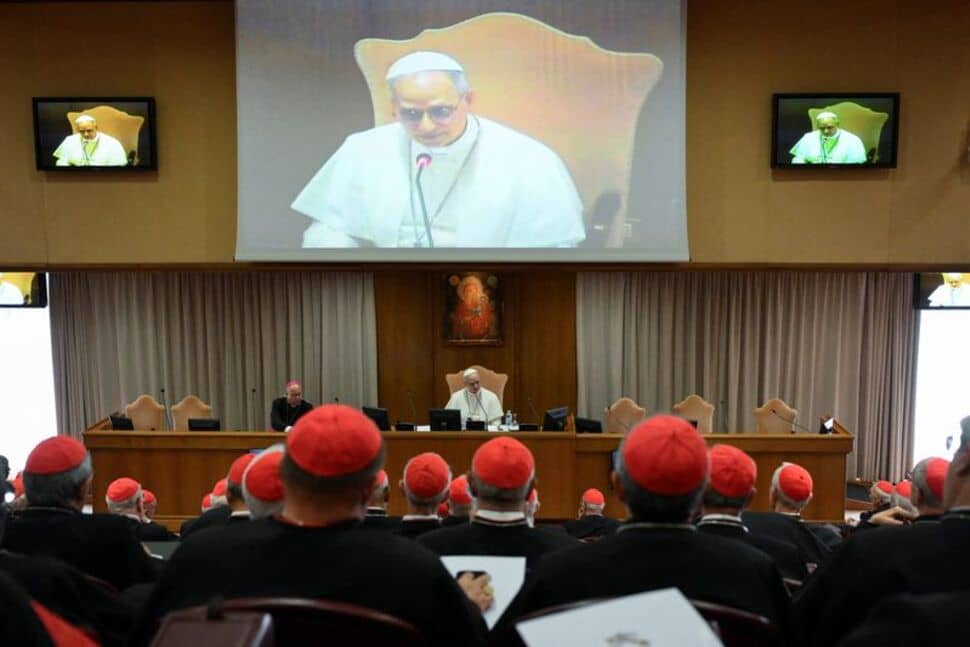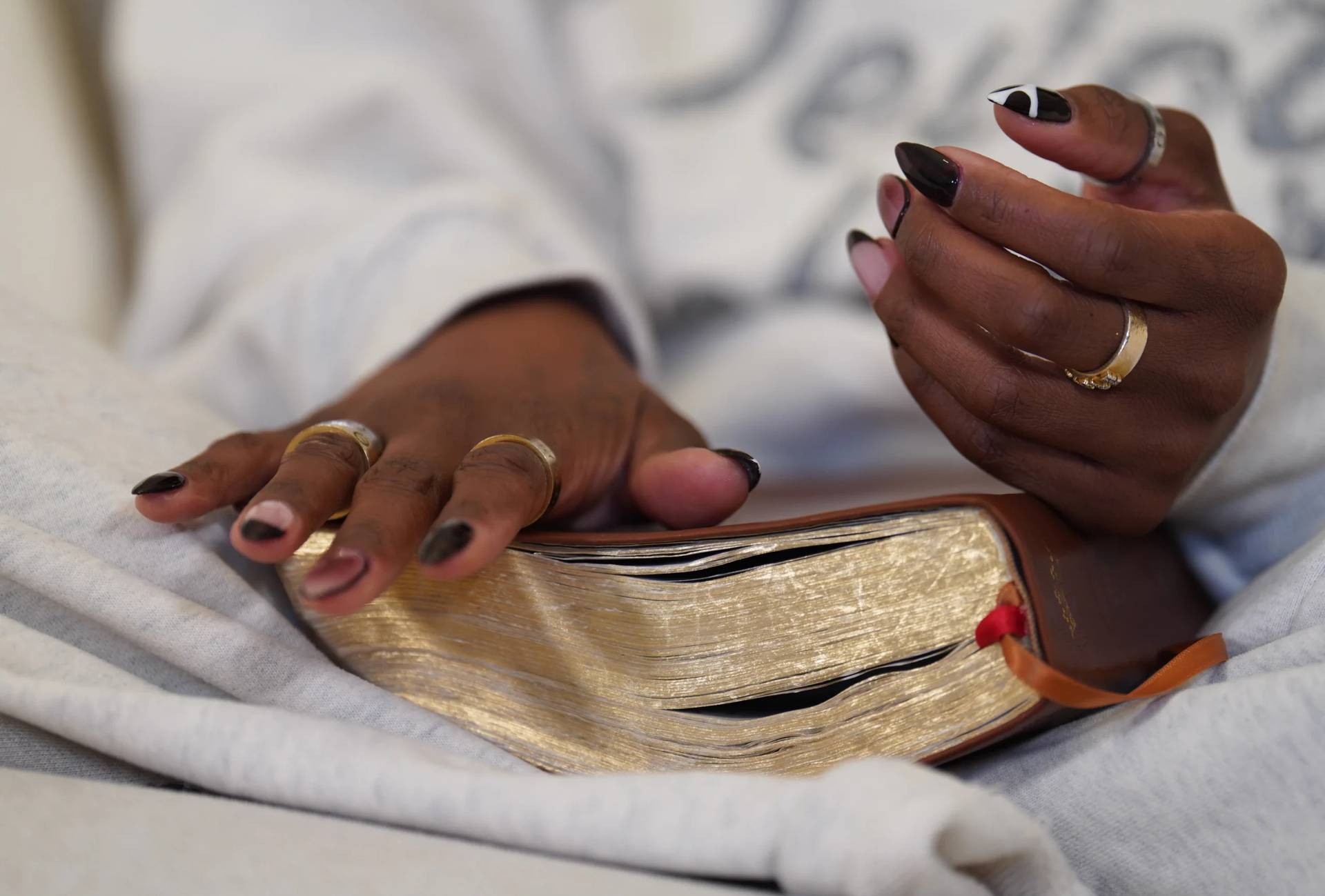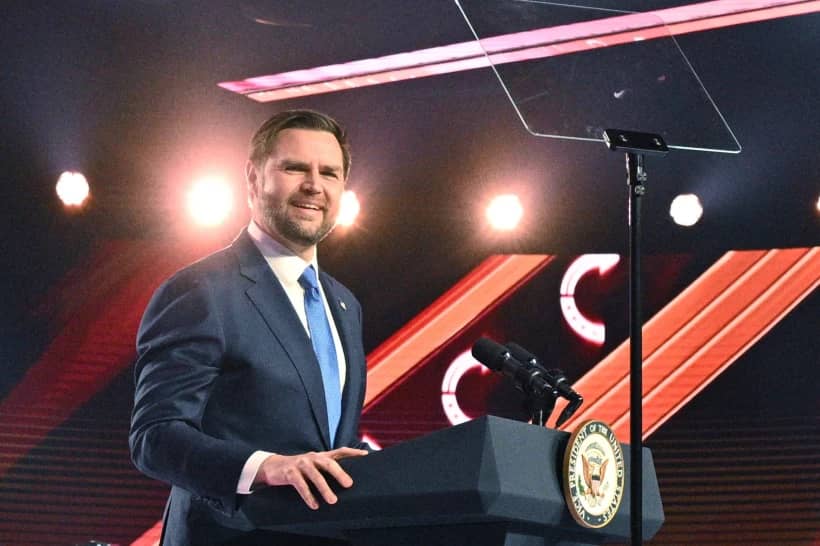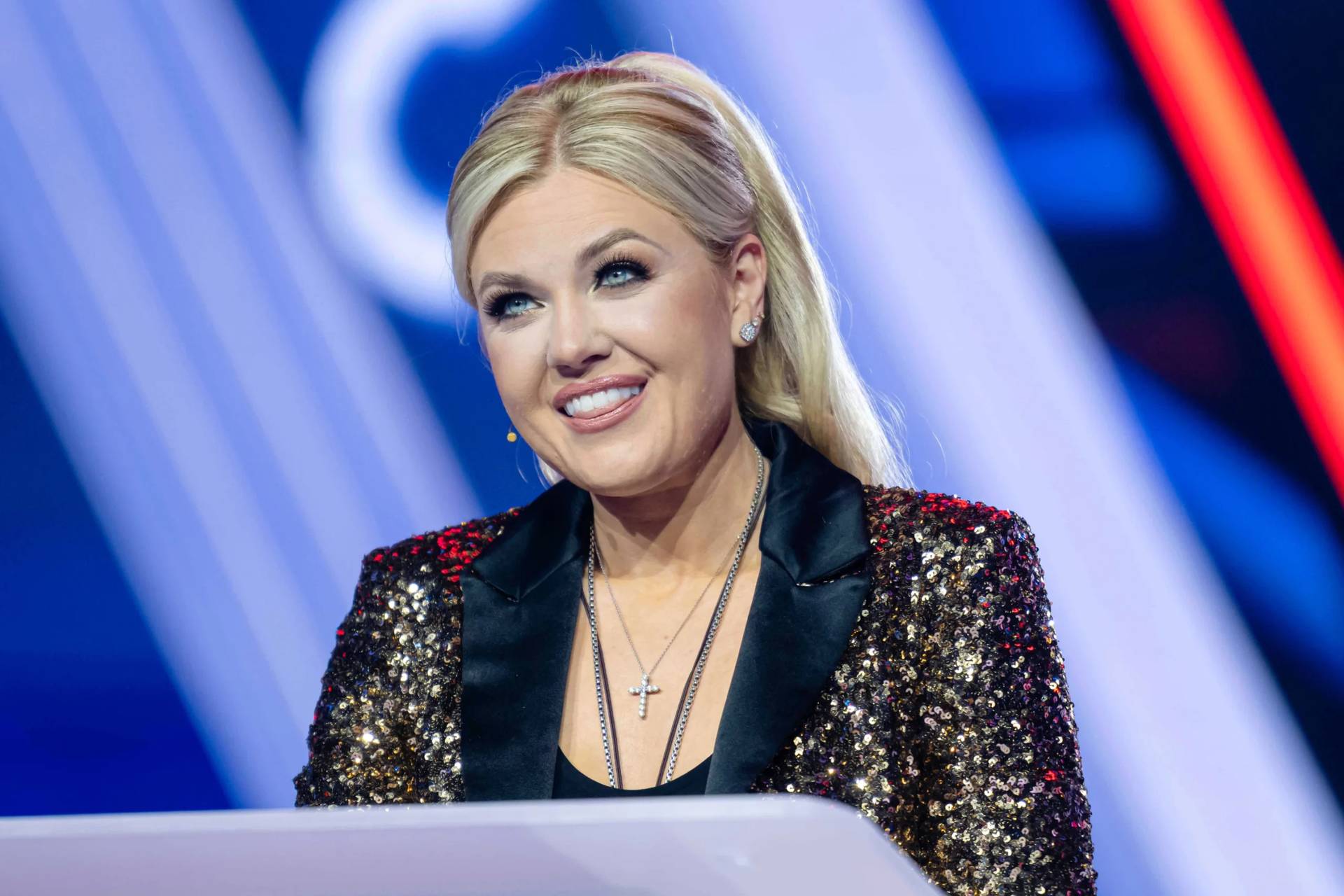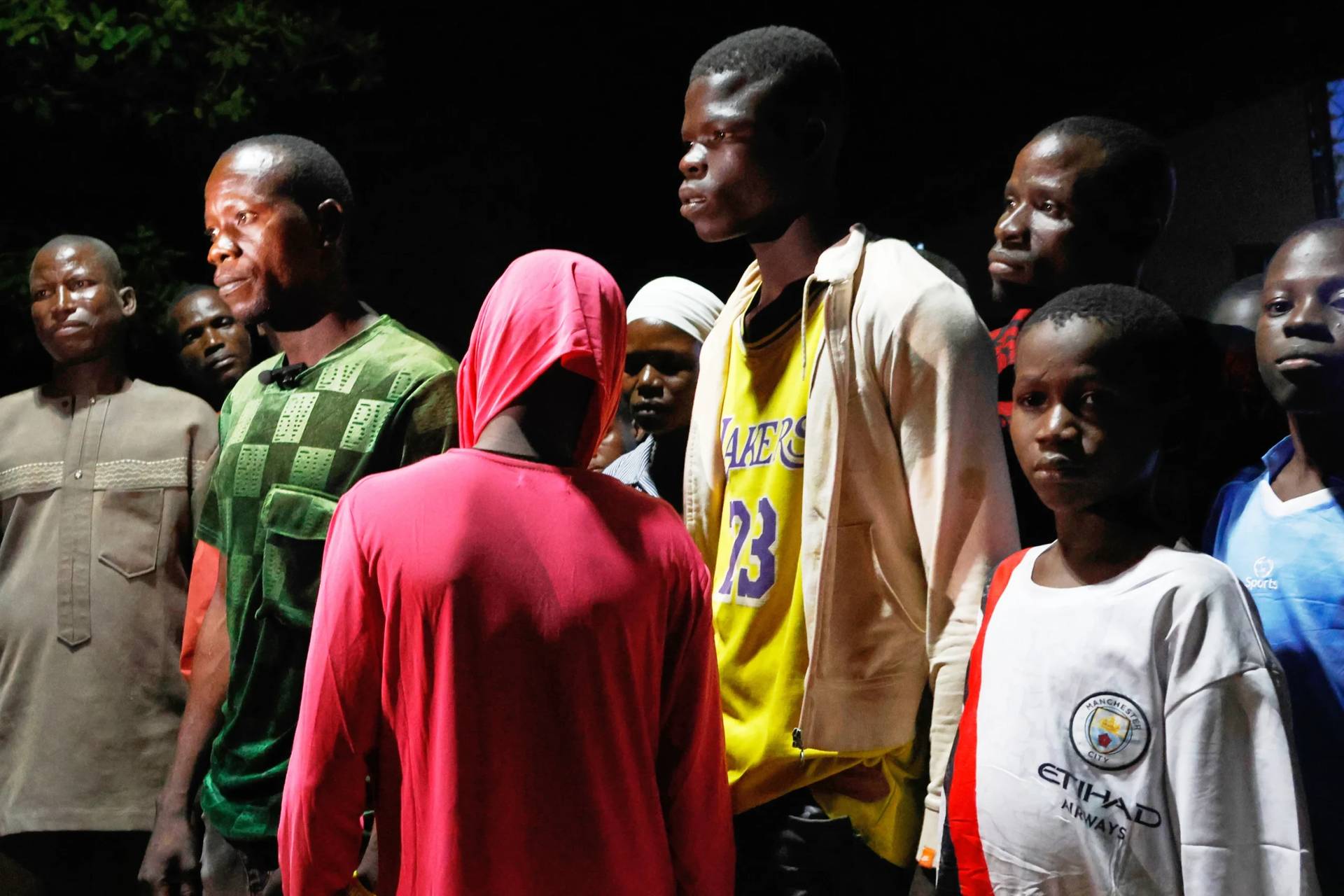NEW YORK — When Pope Francis told the Vatican’s communications department in 2017 the digital world should be a primary vehicle for spreading the gospel, he certainly couldn’t have predicted a global pandemic that would leave the online realm as one of the only means for doing so.
At that first ever-plenary assembly of the Secretariat for Communications, he called for “a great effort of teamwork to better respond to the new communicative challenges that the culture of today asks of us, without fear and without imagining apocalyptic scenarios.”
Yet now, just three years later, a nearly apocalyptic scenario has emerged and churches around the globe have had to suspend celebration of the sacraments and rely on digital means to communicate with their congregations.
In the United States, dioceses across the country are shifting to live streamed masses, utilizing Facebook and Twitter for recitations of the rosary, and marshaling financial resources to invest in digital communications in order to respond to the pope’s challenge.
In the diocese of Brooklyn, Vito Formica, executive director of news content and development for DeSales Media Group, said the pope’s emphasis on teamwork was prescient, as it has helped the diocese to push ahead with its nightly news show, Currents News, and The Tablet newspaper, both online and in-print.
“We knew from the beginning that closing the DeSales Media news operation was not an option,” he told Crux. “Our readers and viewers have come to rely on our organization to provide news and information from the Catholic perspective and they need us now more than ever.”
“We have seen a tremendous increase in web traffic and viewership on television. While most of our staff has shifted to working from home, we are grateful to be able to continue to do our jobs as journalists and provide this service,” he continued, noting that from February to March there had been a 67 percent increase in web traffic for Currents News, an 82 percent increase in web traffic for The Tablet in that same period, and a nearly 93 percent increase for Nuestra Voz, the diocese’s Spanish language monthly.
(DeSales Media Group is a principal partner of Crux).
Similarly, Monsignor Kieran Harrington, president of DeSales, said that while COVID-19 has resulted in widespread disruption, there has been an all hands on deck approach to ensuring that as many ministries as possible can continue, even if they have to adapt to new formats.
“As a media and technology ministry serving the Church we wanted to ensure three basic principles. First we wanted to make sure the devices (iPads, Chromebooks,etc.) we deploy to Catholic schools because of our partnership with Sprint would enable us to be up and running offering distance learning throughout the diocese,” he told Crux.
“Secondly, we wanted to ensure that in a diverse diocese like ours the Holy Mass and other prayers as well as devotions would be available to the faithful. We are currently airing Mass live in 7 languages every day in addition to recorded Masses from St. Patrick’s Cathedral and Casa Santa Martha,” Harrington said.
“This is in addition to a nightly news broadcast with reports from throughout the diocese on how the Church is responding to this modern plague,” he said.
“Finally, we wanted to ensure that as people were sent home they would have meaningful work and so we immediately began providing parishes with live streaming capacity from Churches as well as offering conferencing technology to parishes for RCIA, the Legion of Mary, Bible study etc., which allows parishioners who are encouraged to social distance from one another to draw near to one another spiritually,” he said
As the Church begins Holy Week, one of the high points of the year for Catholics, many dioceses, from New York to Los Angeles, to Chicago to Miami, have brokered new partnerships with local cable channels to ensure that this week’s liturgies will be broadcast as widely as possible.
In New Orleans, one of the regions in the U.S. to be hardest hit by the pandemic to date, nearly fifty parishes in the archdiocese have now created an online means for viewing Masses.
Sarah McDonald, director of communications for the archdiocese of New Orleans, told Crux that their online social media activity has surged since the state’s stay at home order went into effect, tripling their numbers of online engagement. While she noted that the Clarion Herald, the archdiocesan paper, was moving to digital only, she said that their weekly electronic newsletter has now become much more popular.
Yet despite the flexibility and creativity dioceses throughout the country have shown, others have been hit by the difficult financial realities of an economic downturn.
In Pennsylvania, the 166-year-old diocesan newspaper, Pittsburgh Catholic, which was already struggling financially, ceased publication — a move that many Church observers fear won’t be the last of its kind.
Even so, Church leaders are urging Catholics throughout the country to adapt to these new circumstances as much as possible, and as difficult as it may be, to relish the opportunity to connect.
Bishop Robert Reed, an auxiliary bishop of the archdiocese of Boston and president of Catholic TV, told Crux that the network he runs “was made for the challenging situation we face and we have seen a dramatic uptick in viewership and engagement on cable and online.”
“It has been incredibly fulfilling for us to provide the Mass each day along with Morning, Evening, and Night Prayer from the Divine Office, the Holy Rosary, the Divine Mercy Chaplet, and all our other inspiring and informative programming that is available 24/7 at CatholicTV.com and on the CatholicTV YouTube channel,” he said.
“We look forward to sharing a full presentation of the Holy Week rites, including liturgies from the Vatican with Pope Francis and from the Cathedral of the Holy Cross in Boston with Cardinal Seán O’Malley,” Reed added.
Yet even so, Reed admitted that while the virtual world has its advantages, as a pastor he misses being with his people.
“To say the least, it’s spiritually challenging and quite lonely for us priests to be unable to celebrate Mass and the other sacraments together with those we serve,” he said.
“Thankfully we’ve been able to creatively use the gift of technology to stay connected in various ways,” said Reed. “While it feels quite strange, this is a moment to support each other, to evangelize and to remind ourselves that Jesus, crucified and risen, is our only hope!”
Follow Christopher White on Twitter: @cwwhite212







